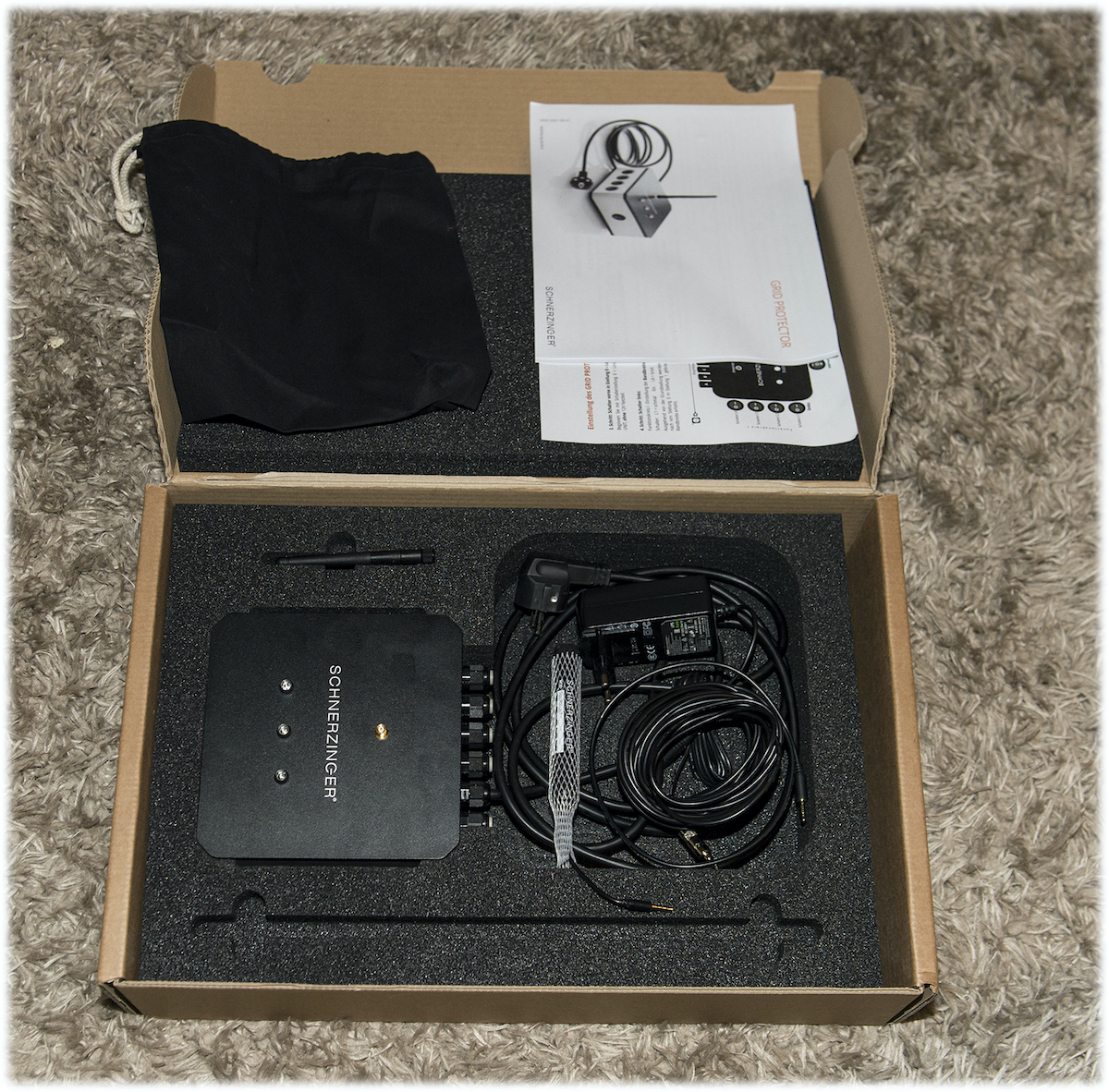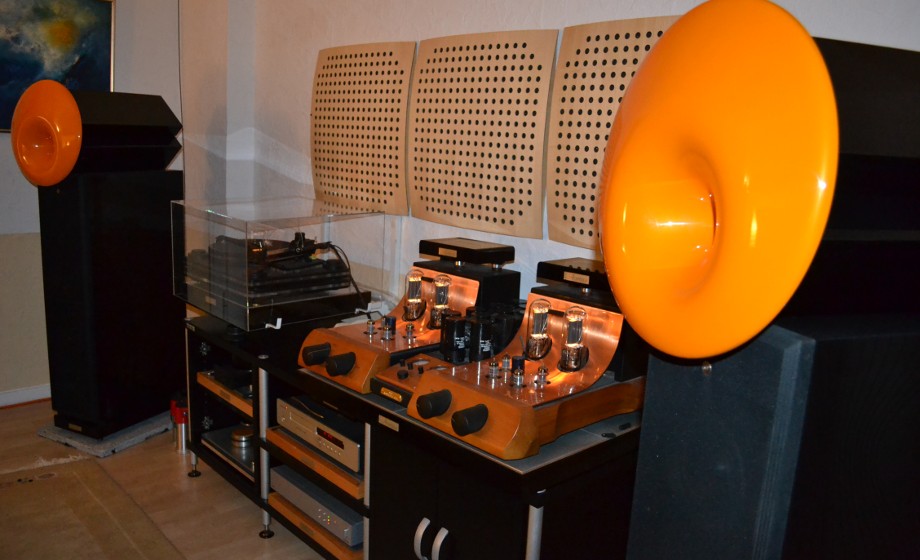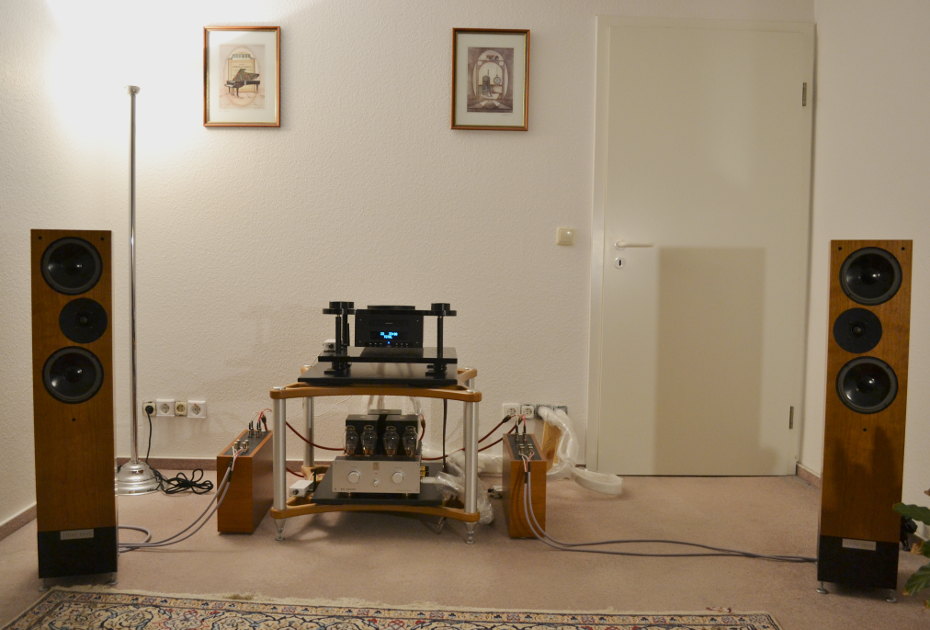Dear Schnerzinger team!
Hereby I like to express my personal experiences regarding the new EXTREME series. After I had newly set up my new Gryphon components and speakers B&W 800 D3 and cabled with my new EXTREME 5000 series, a sheer acoustic firework was kindled. You think the speaker chassis start jumping! The Diablo 300 – already dynamic from factory – gains speed as if someone has kicked it in the ass. Bass dances light-footedly through the orchestral tutti with full speed. Bass impulses from Marcus Miller appear solid as nailed to the floor and disappear again out of nothing. You may think someone has releases the handbrake! But not only dynamics gain dramatically; music reproduction naturalness is extremely authentic and real. It is hard to believe how far you suddenly get with an integrated amplifier; these characteristics are more typical for expensive pre and power amplifier combinations.
To me the new Schnerzinger EXTREME series has the “status of components".
Voices are amazingly real with a live recording atmosphere, immediately trapping you within the music; these emotions cause real goose bumps to the listener! I’m over the moon with my new Schnerzinger system and I’m pleased with the success and the knowhow of the developers! Keep going; your products are extremely expensive but the equivalent sonic value is extremely high also! Thus the name EXTREME series. If you’re seeking for the best, you should at least make your own listening experiences and get your personal impression of these cables. Only then you know what is possible. I know my components from hi-fi trade shows and from my own listening experiences. So I can confirm that without the Schnerzinger cables these components by far won’t perform at such a high level. The speed of the reproduction is significantly slowed down and the spatial imaging and naturalness are limited in particular. Going back is unthinkable to me.
Who would prefer to use a sports car in urban traffic when you drove it on the autobahn before?
(Translated from the German original)
— T.S. —



